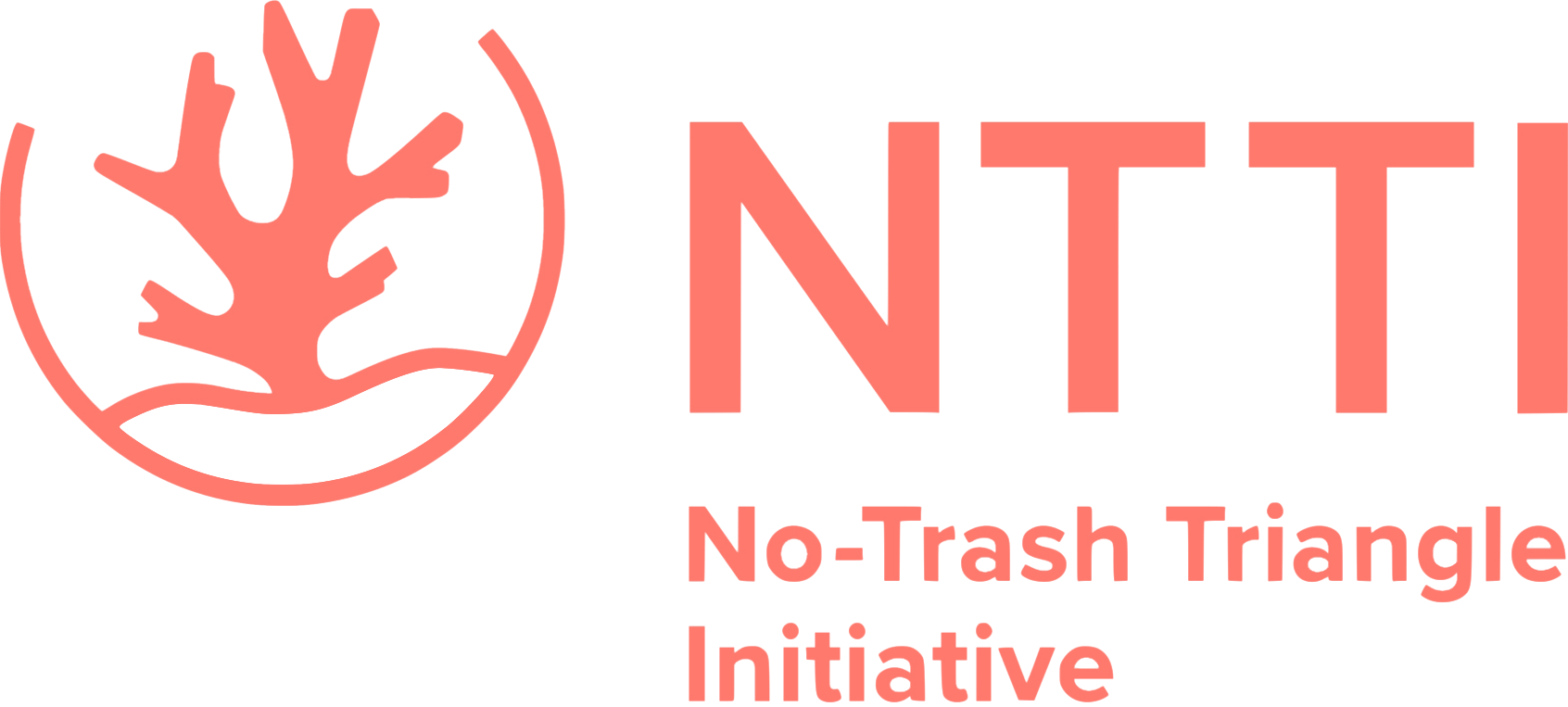Sort it out
Schools worldwide have something in common: in the last decade, more lessons than ever before are being dedicated to environmental studies. Of course, this is by virtue of the fact that every year our impact on the environment becomes more extreme. As our levels of extraction, consumption and pollution continue to rise, so must our awareness of the consequences.
Linuhu School, on the small island of Bangka, North Sulawesi, is no exception.
This region has seen profound changes to its ecosystems in recent years, the surge in plastic pollution being the most obvious. The presence of intensive mining and fishing are felt too. North Sulawesi is an incredibly picturesque and biodiverse area, making these changes that much more jarring to those who live and visit here. Anyone who spends time in the water will often comment on how the beauty of the coral reefs contrasts with the alarming volume of pollution flowing around them.
Plastic invades the beaches, belonging to everybody and nobody.
It accumulates from escaped and dumped trash, and is spread by tides. When it crosses the sea to reach Bangka it’s unclear which town it came from.
Almost all of us use plastic on a daily basis, without much consideration of it. We make a snap decision on how to dispose of our forks, for example, easily forgetting we are deciding whether or not that fork exists for up to a thousand years (Root, 2019). Next time you’re wolfing down ‘meal deal’ pasta on your lunch break, remember that that fork could last a millennium – the same period that separates us from the Vikings.
A thousand years is plenty of time for the plastic to fragment and be consumed by organisms. Once this happens it has entered the food chain, and soon, potentially, our stomachs (or those of our descendants). This is easily avoidable if we take the time to understand how to dispose of each type of trash.
These were the topics that the Seasoldiers had come to discuss with the pupils this time. They asked the kids to remember the items they had thrown away recently: the plastic bottles, cups, tissues, coconuts, cartons, banana skins, sachets, glass bottles, cans, old clothes and so on. The longer the children’s lists the better because it encouraged them to consider their history as consumers, and the trash generated as a result. Then, the Seasoldiers gave a presentation on the differences between organic and non-organic, recyclable and non-recyclable waste. They emphasised how these types of waste affect the environment over time, and if they degrade.
Next, the children sorted their own lists into these categories, with a new appreciation for what their banana skin from last week would look like now, or whether this morning’s yoghurt pot was on its way to being recycled. As these kids know, categorising our waste can be confusing, but it is fundamental to a waste management system. Of course, the aim is to recycle as much as possible, but some landfill trash is sadly unavoidable. On this point, the Seasoldiers explained something that we should all be reminded of: non-recyclables are not really thrown away, as in, ‘away from the environment’. They remain a part of it, just in a landfill, where they will stay for centuries.
This is what “away” means
This is a pressing issue in the area, as it was calculated in 2015 that Indonesia was second only to China in its annual production of mismanaged plastic waste (Jambeck et al., 2015). This means the Seasoldiers' efforts here are extremely valid.
The children had now developed their understanding of how to manage their own, personal trash. Next, the Seasoldiers encouraged them to look further. One morning we walked with the students to a stretch of the coast that was covered in plastic. It was not visible from the villages or resorts, and so it had been left uncleaned for too long. There was so much food packaging it had formed into dunes and was interfering with the wildlife. They were each given sacks and got to work.
All the while the Seasoldiers were asking the pupils; is this bottle recyclable? Does this carton biodegrade? Does a coconut shell need to go in the trash? The beach was clean in no time, but more importantly, the children had taken on the principles of waste management and applied them. Not just to their personal waste, but their communal, anonymous trash. It is a habit being developed by every generation, in schools around the world, and it’s becoming more important all the while.
Written by Braden Reilly
Bibliography
Jambeck, J.R., Geyer, R., Wilcox, C., Siegler, T.R., Perryman, M., Andrady, A., Narayan, R. and Law, K.L. 2015. Plastic waste inputs from land into the ocean. Science.
Root, T. 2019. Why carrying your own fork and spoon helps solve the plastic crisis. National Geographic. [Online]. [Accessed 2 November 2019]. Available from: https://www.nationalgeographic.com/environment/2019/06/carrying-your-own-fork-spoon-help-plastic-crisis/.




